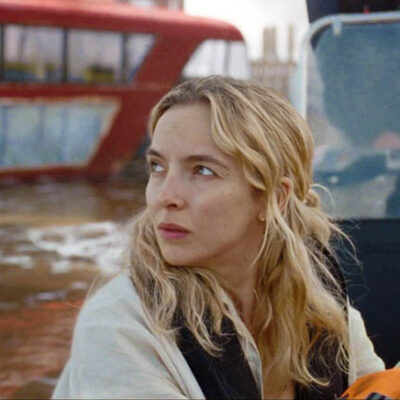Terry Glass, who early in his career was an effects technician on Raiders of the Lost Ark (1981) and most recently supervised Angel Has Fallen (2019) and 6 Underground (2019), wonders about the ramifications of the U.K. leaving the European Union. “Brexit came up on the Marvel show I’m working on. In theory, we’re going to leave the country with lots of equipment while we’re still part of the European Union, and we could be coming back out of the European Union. Do we have to bring it back on a different form? Do we import it back into England or is it just returning?
“They had this damn referendum without actually thinking what would happen if they said, ‘We want to go out,’” says Glass. “Our explosive legislation that affects us greatly is based on European explosive legislation. Will that change? I hope so because it will make life easier.”
Tax credits make a big difference, says Glass, adding, “The production world has gotten so corporate. Before, you used to get producers coming up through the floor as first and second ADs. Now producers are coming through the accounts side of it. Sometimes they don’t see what actually goes on to make it. Without the money you can’t have the big effects.” Streaming services have had significant impact on U.K. productions. “Everything seems to be Netflix at the moment. They’re coming at it from a slightly different angle. We still work on the premise that whatever we’re going to do is going to be seen on a big screen, not television, although most things are shown on a TV screen these days!”






























